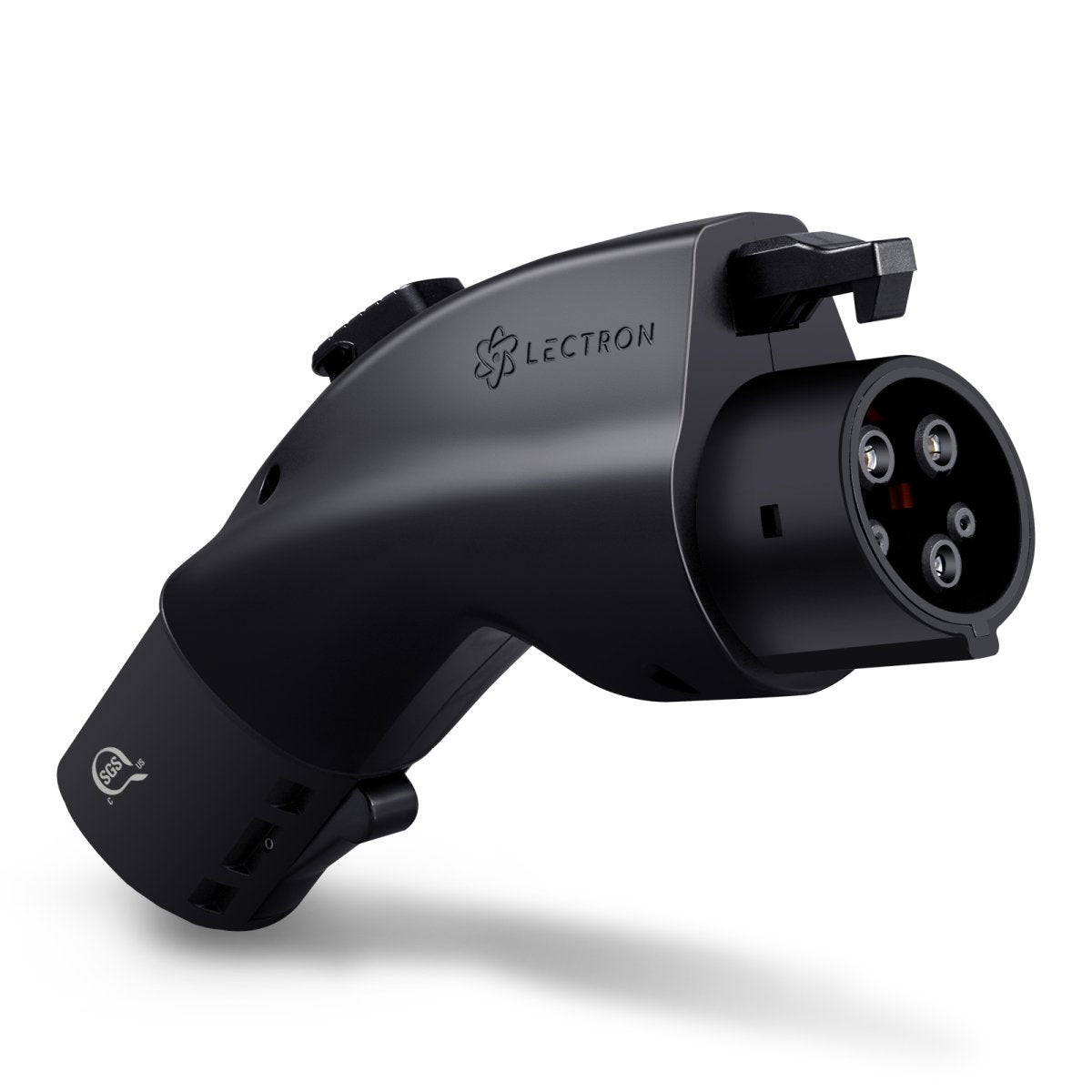I'm moving from an apartment which has a designated charging spot to a house with a single car attached garage (I will only have one space for charging at a time). Currently have a model Y (call it A) which will be used the most on my daily commute. I'll buy a second EV that is not a tesla (Call it B) for my wife who will only be using this thing a couple miles a week.
I'm torn on how I should set up charging.
1. Get Nema 1450 installed and use my mobile charger to charge A and charge B once or twice a week in the garage with a tesla to J1772 adaptor.
2. Get Tesla wall charger installed to charge A and charge B once or twice a week with a tesla to J1772 adaptor.
3. Get generic EV charger and use J1772 adaptor to tesla adaptor (allowing for potentially switching out tesla for a different EV in the future)
How reliable are these methods of conversion, and how bad would it be on B (Likely to be Chevy bolt EV)'s battery to charge only twice a week and never really go below 70% probably with its low usage?
Is the wall charger worth it for me if I'm using my tesla for at the very least 4 more years?
how would you personally handle this scenario?
Thank you.
I'm torn on how I should set up charging.
1. Get Nema 1450 installed and use my mobile charger to charge A and charge B once or twice a week in the garage with a tesla to J1772 adaptor.
2. Get Tesla wall charger installed to charge A and charge B once or twice a week with a tesla to J1772 adaptor.
3. Get generic EV charger and use J1772 adaptor to tesla adaptor (allowing for potentially switching out tesla for a different EV in the future)
How reliable are these methods of conversion, and how bad would it be on B (Likely to be Chevy bolt EV)'s battery to charge only twice a week and never really go below 70% probably with its low usage?
Is the wall charger worth it for me if I'm using my tesla for at the very least 4 more years?
how would you personally handle this scenario?
Thank you.




